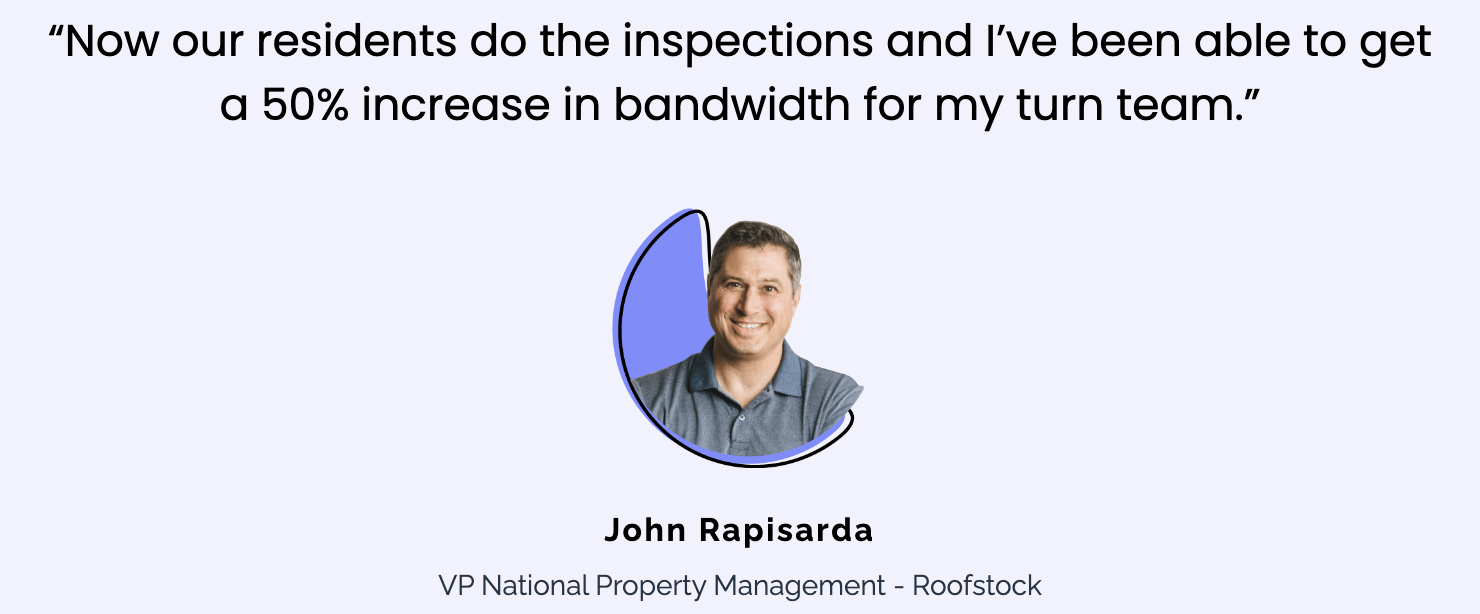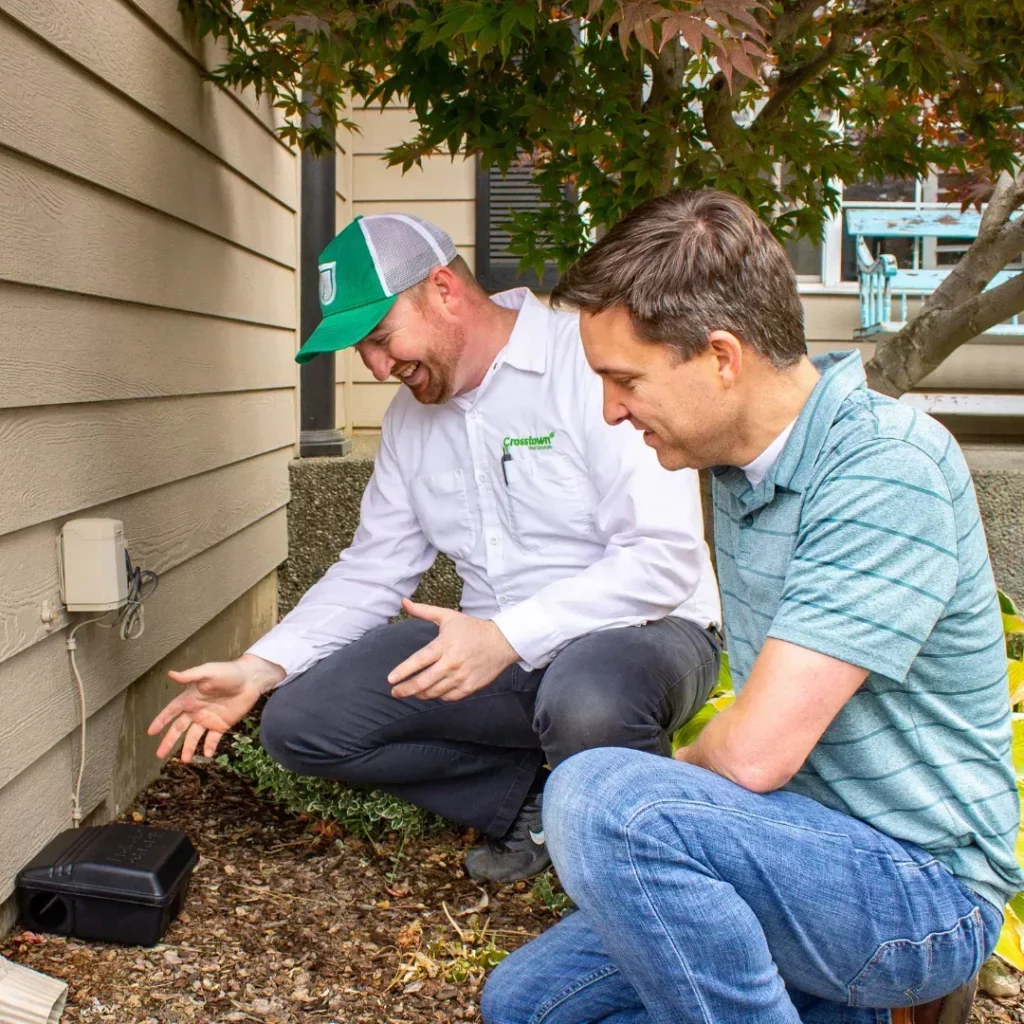Here at Latchel we believe strongly in the power of 100% remote work and teams. By being 100% remote we can hire better talent faster. Especially with the recent chatter online questioning the value of working for startups and the very high comp packages offered by Big Tech Companies, it is important to have something that is difficult for Big Tech (and even other startups) to compete on. For us, it’s the ability to work from anywhere and a strong culture supporting remote work.
Working remote does not mean we are digital nomads (although we do have one employee that embraces this lifestyle). Remote work means you have the flexibility to choose the location that makes the most sense for you and your family. Working remote allows talented individuals to free themselves from the constraints of high cost cities and long commutes. As a remote company, Latchel leans into the gains that can be realized when employees find lasting harmony in their work and life.
Here’s how we maintain a strong culture, accountability to a high standard, and alignment while being in a remote environment.
Strong Culture
We base our culture off of our Leadership Principles. These principles are how we communicate about what we value. In addition, we have an Employee Handbook that we make public to help people understand our culture. But there’s a lot more to culture than just having principles and documents.
- Speak your values: Your principles must be part of your every day language. We consciously make an effort to communicate using the language of our leadership principles in all meetings and feedback sessions.
- Act your values: We hire, promote, and give people leadership positions when they are excellent at embodying our core values and at recognizing and strengthening the values in others.
- Improve your values: These values are not set in stone. Sometimes a particular value may not be serving the company or may in fact be holding it back. Revisit and edit your values regularly.
In addition to our leadership principles, we work hard to ensure our actions support remote work. GitLab has an excellent repository of information on how to support remote work and remote culture. Here are the keys that we have found are critical for supporting remote teams.
- Writing down and recording knowledge over verbal explanations. Verbal explanations are great for small, local teams. This does not scale. One person can effectively explain something to 1-2 people at a time. A well documented piece of information can be distributed to an unlimited number of people (and be easily updated as information changes). We have found that writing down and documenting information leads to fewer errors and faster training for new hires.
- Written down processes over on-the-job training. This is a natural extension of the previous point. This is incredibly important for operations-style businesses like Latchel. If a process only exists inside of the operators’ heads, it is most likely each operator only knows a portion of the overall process. This makes it impossible for anyone to independently investigate and understand where processes went wrong or how to improve them holistically. Process documentation leads to faster and better process improvement (and much faster bug fixing and troubleshooting when things go wrong!).
- Asynchronous communication over synchronous communication. If you’ve ever worked in an office, chances are you have had a time where you could not know the status of a project until Bob was in the office. This slows companies down. Multiply these needs for in-person communication for status updates across an organization and it quickly becomes obvious why people at big companies complain they spend nearly all of their time in meetings and rarely working on projects. We prioritize putting in the effort so that anyone can look at a particular task or project and understand the status. We prioritize setting up systems to automate communication and handoffs so workflows are seamless within and between teams. This allows us to work much faster than companies that do not. Both written memos and short video recordings are excellent forms of asynchronous communication.
Example: Before our daily standup, team members complete survey forms that are integrated into slack answering questions like (1) “What did you accomplish yesterday?”, (2) “What are you completing today?”, and (3) “What is blocking me?”. Responses are recorded and displayed in the appropriate slack channel for other team members to read. Now, everyone in standup already knows each team member’s status and can focus on blockers and questions.
Overall, good remote practices are good company practices. When everyone is in the same room, there is little need to invest in communication processes. Once you expand beyond a single room, formalizing communication becomes important.
In a traditional office it is tempting to say “Well, I can just walk over to Bob’s desk and ask him when I need something. Why do we need this structure?” When you multiply that by 10 employees who need Bob’s input, very quickly Bob’s productivity drops to zero. And Bob’s frustration level skyrockets when he’s answering the same questions over and over again.
In a remote office, formalizing this communication is essential or you will not be successful. If you want to be a remote company, you must integrate remote practices into your culture.
High Accountability
In a traditional office, you can manage by walking around (it does make for poor leadership, however). You can see what people are working on and see if they’re productive or goofing off.
We believe the appearance of hard work is not what matters. Output is what matters. That’s why we are relentless in building and improving metrics to measure our team’s output. As metrics mature within each department, the key behaviors can be directly measured and we begin to measure output metrics and metrics around key inputs (e.g. new qualified sales leads created/week).
Understandably, a startup does not have unlimited time and resources to build metrics or monitoring tools for every activity, team, or individual. However, for those difficult to measure roles, it is easy to measure commitment to deadlines and projects.
We also have weekly 1:1s between employees and managers and structured quarterly performance reviews to help track people’s progress and give rapid feedback on performance.
Keeping Aligned
I love whitewater rafting. However, the quality of a whitewater rafting trip is heavily influenced by how aligned your fellow boat mates are. If everyone paddles together, then you sail through the rapids effortlessly. If you aren’t aligned and everyone is paddling at their own pace and rhythm, then not only does your raft look like a drunken spider, but you’re likely not going to make it through your rapids safely.
Companies work the same way. When everyone is aligned, you float through challenges and come out the other side. Your heart may be beating rapidly and you may be scared, but you make it with your team. Disaster strikes when the team isn’t aligned and working together.
We have weekly all-hands meetings to go over our company challenges, progress, and goals. Each team has a daily standup (we have found that submitting your report in writing before the standup leads to much richer standup discussions), and each department has a weekly planning session to tackle the projects they’re working on. All of this is aligned through structured communication channels to and between leaders in the organization. When we’re at our best, anyone in the company can understand what another team is working on and why.
We also implement practices that help foster alignment. Video ON during meetings is incredibly effective in keeping team members engaged and understanding one another During collaborative projects, team members often work alongside in the same video conference for faster back-and-forth communication. It also helps build camaraderie among team members. (Especially when it is a late night work session.)
Closing Thoughts
If you’re going to be a remote company, lean all the way into it. You can’t have a partially remote company and expect a single, strong, or cohesive culture. What convinced us at Latchel to go remote is the hiring advantages and the simple fact that good remote practices are good company practices. I do not believe for a second that we would have been able to achieve what we have if we restricted ourselves to a single local talent pool.
It isn’t easy being remote, but starting a company isn’t easy either. I view being remote as a forcing function to be conscious of our communication structures and internal company processes. In a traditional office these things can happen by accident. When you have intent behind your structures, it’s easier to live by a continuous improvement mindset and always strive to make a process better.
If you’re thinking of starting a company or taking your company remote, please drop me a note at will (at) latchel (dot) com, I’d be happy to share advice.
Below are links to some useful tools to going digital – we run a few screen-shares of some of these in our recent online session here.
Useful Tools for Remote Work:
Communication
Slack – Company chat tool that’s free to use and easy to learn. Teams can communicate on the web and through mobile app. Some of the features include:
- Create channels for different teams
- Create workflows for daily updates before stand-up meetings
- Create polls for company voting
Zoom – Online video conferencing for remote meetings. Free to use, upgrades for longer meeting times available. Valuable features include:
- Meeting recording to reference back to talking points, or to share with team members who could not make it. Also valuable for recording and sharing training videos.
- Dial in numbers supported so you do not always have to join via desktop
- Chat features within video call
Google Hangouts – Online video conferencing. Free to use. Valuable features:
- Meeting recording to reference back to talking points or to share with team members who could not make it.
- Dial in numbers supported.
- Chat features within video call.
Project Management & Organization
Trello- Track status of projects within a visual board. Free to use. Upgrades available. Valuable features include:
- Create multiple boards for different departments or projects with customizable “To Do”, “In Progress”, and “Complete” columns
- Assign tasks to team members.
- Email notifications of progress.
Confluence – Team workspace to keep an internal library of process documents, marketing materials, company wide knowledge base, etc. Valuable features include:
- Create pages for anything from meeting notes, to HR policies, product requirements, marketing materials, etc. with more than just text.
- Organization is simple – create different folders and libraries where team members can easily access important and relevant documents.
- Team wide feedback is easy – you can jointly edit pages in real time.















